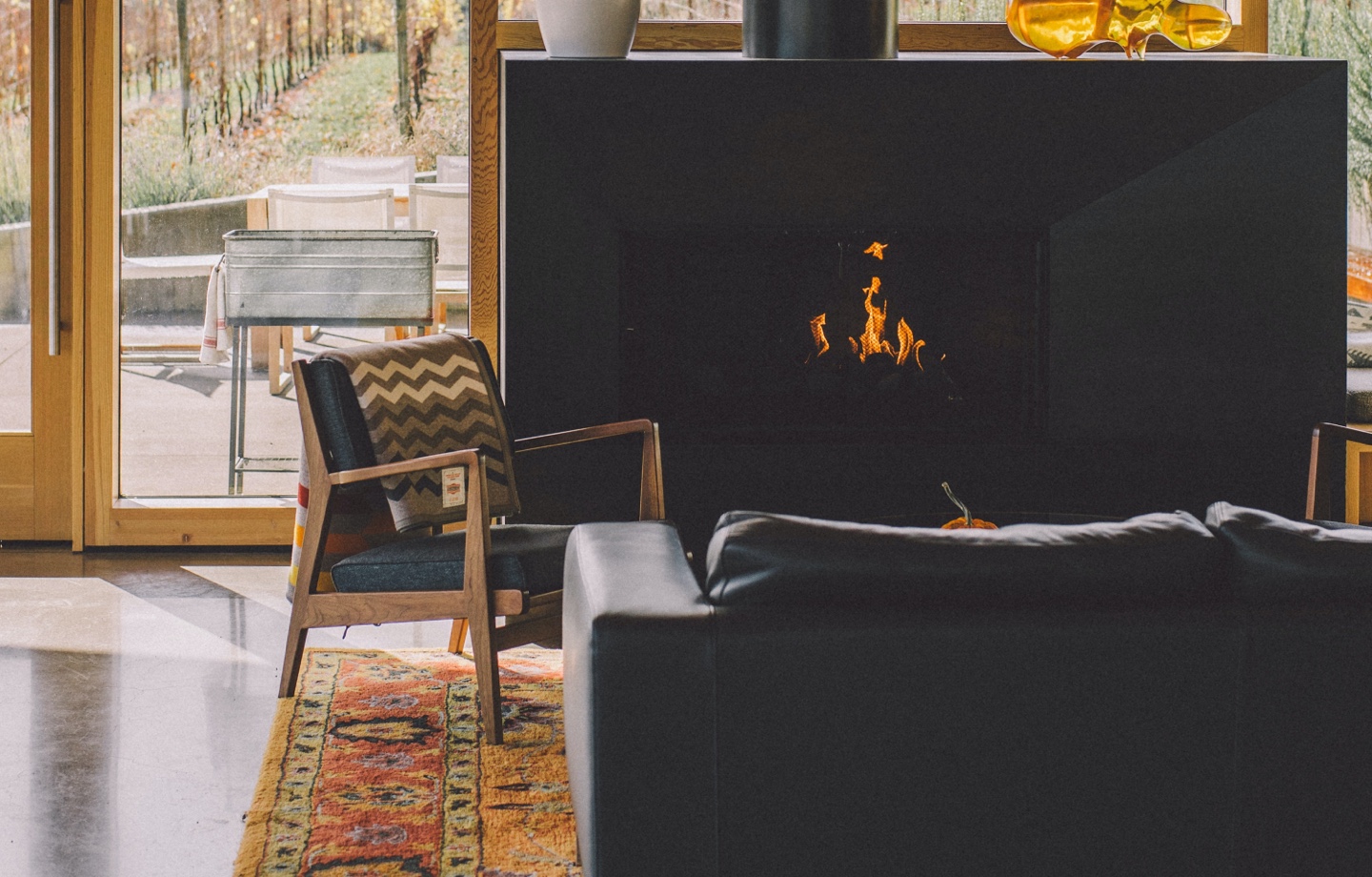It’s going to cost more to heat your home this winter. Here’s how to ensure your energy bill is manageable.
I live in a region that experiences a true winter. From December to mid-March, I brace for near freezing temperatures and an uptick in my utility bill. But according to energy experts, this winter will be colder — and more expensive.
Due to increased energy prices and frigid weather, the cost to heat a home is expected to surge by up to 28 percent, with the highest increases affecting consumers who rely on natural gas. That’s bad news for your wallet and the environment.
In the U.S., 38 percent of greenhouse gas emissions come from heating and cooling homes, while another 15 percent is produced from heating water. In fact, the highest contributor to an individual’s carbon footprint comes from the energy used to warm their homes.
Luckily, it’s easy to make adjustments to reduce your energy consumption and lower your utility bill during cold months.
Here are 10 ways to save energy costs this winter.
Read more: 5 Solar-Powered Products for a Clean Energy Home
Studies show that a cool environment is the key to deep, restful sleep. When the temperatures drop, resist the urge to crank the thermostat — at least at night. Instead, drift off snuggled in a temperature-regulating duvet and sheets. Bedding made of organic, sustainable materials like cotton, hemp, linen, and alpaca are naturally breathable and thermoregulating — and guaranteed to keep you warm and cozy.

Read more: The Best Fabrics For Deep Sleep
Most people don’t realize that drafty windows and doors are a prime escape route for heat in your home. To keep more heat inside and more money in your pocket, install weatherstripping to ensure a tight seal and less air leakage. For doors that lead to the outside, add a draft stopper at the bottom for better protection from the cold.
Chunky sweaters, wool socks, and blankets are all wintertime essentials that double as energy savers. Before you adjust the temperature inside, put on a thick sweater and wool socks to stay warm without breaking the bank. And keep a few blankets stashed around the house so you can bundle up when you need an extra layer.
If you have forced air, clogged or dirty vents can prevent warm air from properly heating your home — and make your heating system work harder than it needs to, costing you big bucks. Before the weather turns, use a vacuum to dust and clean the vents in your house from top to bottom. It’s also a good rule of thumb to switch out air filters to ensure everything works as efficiently as possible.
When it comes to keeping your heating bill to a minimum, the more insulation the better. If you have carpet, you’re already in good shape. But for those with hardwood floors, a rug with a rug pad underneath will elevate a room’s aesthetic and provide more insulation to keep the area warm.

Read more: How to Make a Braided Rug
Most hot water heaters are set to 140 degrees or higher, which is too hot for everyday use and increases the risk of scalding. The solution? Lowering your water heater’s temperature to 120 degrees. This simple task will save you an estimated $400 annually on your energy bill and takes only minutes to accomplish. Here are easy step-by-step instructions. You can also add an additional layer of insulation around the hot water heater with a hot water heater blanket, which reduces how often the heating element has to run.
Washing clothes in hot water uses a lot of unnecessary energy. In fact, according to the Department of Energy, simply switching to a cold or warm water cycle can cut your energy use in half. To save further, make sure you’re washing full loads — small loads require just as much energy. And if you can, skip the dryer and hang dry your clothes.

Read more: How Often Should You Wash Your Sheets & Bedding?
To mitigate how much heat escapes through your windows, be strategic about opening your curtains or blinds. In the morning, draw back the curtains to let the sunlight (and a little heat) into your home. Once the sun starts to set, put them back down to prevent heat loss. For added insulation, invest in blackout curtains or blinds that trap more heat than traditional designs.
Switching to a heat pump will take more time and upfront investment, but it’s well worth the savings — and the reduction in carbon emissions. Heat pumps work by absorbing the heat from the ground or the air outside and redistributing it into your home. During the summer, they do the opposite, cooling homes by removing hot air from indoors. And some studies show that this innovative technology can save households an average of $800 annually and reduce emissions by 45 percent per household over 10 years.
Another way to lower your environmental impact and energy costs is to install an induction stove. Instead of relying on fossil fuel-based natural gas, induction stoves are powered by electricity and are significantly more energy efficient than conventional gas-powered appliances. Plus, it eliminates exposure to toxic nitrogen oxides, which are linked to major health risks including heart and respiratory disease and childhood asthma.
Read more: Are Solar Co-ops The Future of Clean Energy?
Have feedback on our story? Email [email protected] to let us know what you think!

Shop Pillows
The Essential Organic Pillow Collection
Gentle, breathable, non-toxic support.





